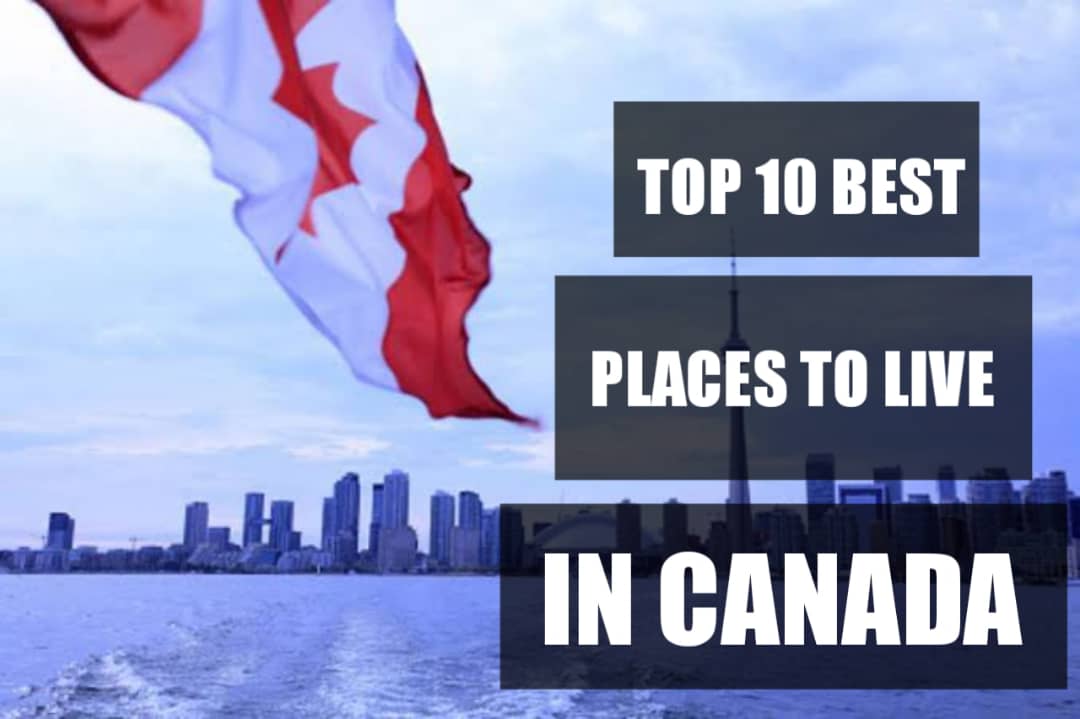
The easiest ways to immigrate to Canada is a country that has a fantastic immigration system. According to the official website of the Canadian government, the country needs immigrants for several reasons: The easiest ways to immigrate to Canada
Immigrants contribute to the economy and create jobs. The strength of Canada’s economy is measured in part by the number of people who work (known as the workforce) and pay taxes to fund our public services, such as healthcare.
Thanks to immigration, Canada’s workforce continues to grow a little each year. Were it not for immigrants, employers would have a hard time finding enough skilled workers to fill available jobs. This is because, Canadian citizens are living longer and having fewer children. More people are retiring and there are limited students in schools. As a result, the pool of existing and potential Canadian-born workers is limited.
Immigrants contribute to our economy, not only filling gaps in our workforce and paying taxes, but also spending money on goods, housing and transportation.
Canada aims to attract more than 500,000 new immigrants each year by 2025 to support its economic and social growth. This goal is high and, for that, it has several immigration programs in several categories and is working on the creation of others.
Like every country open to immigration, it has rules and prerequisites for candidates who wish to immigrate. As the basis of immigration is to improve the workforce, it is natural that one of the pillars to have a good immigration profile is the professional qualification and educational background of the candidates, in addition, of course, to proficiency in the language (English or French).
What Are The Easiest Ways To Immigrate To Canada?
There are many. There are more than 100 ways to immigrate. But basically, there are immigration categories, programs and also a strategy widely used by immigrants, which is to take a higher education course in the country (student immigration), since studies open the doors of immigration in the future (we will talk about this later).
When we talk about immigration, we are referring here to how to obtain permanent residence (the PR – Permanent Resident Card, a kind of Canadian “green card”). Permanent residence in Canada is a status that grants someone the right to live and work in Canada with no time limit on their stay. That is, having the PR Card you do not have any dates to leave the country and you have almost all the rights of a Canadian citizen. To reach this goal, you need to go through some steps. Today we are going to talk a little about 5 easiest ways to immigrate, which you can delve into later and decide to start your plan for 2023/2024. After all, without deciding the strategy first, there is no way to start an action plan.
- Express Entry
This popular point system is based on three Canadian immigration programs that allow immigrants to live and work in Canada as skilled workers. Express Entry is an online system that Canadian Immigration uses to manage the immigration applications of these candidate workers, known as skilled workers. It allows Citizenship and Immigration Canada (CIC) to evaluate, recruit and select qualified immigrants and/or who possess the relevant qualifications in federal economic immigration programs, which are:
Federal Skilled Worker Program (FSWP)
The Federal Skilled Trades Program (FSTP)
The Canadian Experience Class (CEC)
To participate, the candidate must go through the following steps:
Find out if you are eligible.
Check your score.
Prepare the necessary documents.
Create your profile.
Wait and receive an invitation.
Apply for permanent residency.
Wait for the final decision of the process.
- Provincial Nominee Programs –The Provincial Nominee Programs (PNP)
The PNP pathway is becoming an increasingly popular way to immigrate to Canada. Canadian provinces such as Alberta, Ontario, British Columbia and others have developed their own immigration programs that often offer an accelerated process. However, the PNP category generally requires applicants to live in their respective provinces upon arrival in Canada. Additionally, most PNPs require a job offer from a Canadian employer to qualify. Read more here.
- The Canadian Experience Class (CEC)
For those who are already in Canada as an international student, temporary worker or for those who already have some valid experience in Canada, this program is ideal. The Canadian Experience Class (CEC) is an immigration program that provides permanent residency to individuals who have worked in Canada for at least one year.
- Atlantic Immigration Program (AIP)
This program recruits immigrants arriving in the Atlantic provinces of New Brunswick, Nova Scotia, Prince Edward Island and Newfoundland and Labrador. These provinces need to fill the labor market gaps with immigrants who qualify with experience and the necessary prerequisites. The candidate must receive a job offer from an employer in one of these provinces in order to participate in the program.
- Study at college or university.
One of the ways to achieve the long-awaited permanent residency is to come to Canada as an international student (with a study permit ). This is the beginning of the path towards permanent residency and is only valid for higher education courses lasting more than 8 months. In this way, the student can work 20 hours a week while studying and after graduating, he can apply for his PGWP.
The “PGWP” (post-graduation work permit) is the dream of many immigrants thinking about living in the country. This is a type of work permit that Canada offers to those who graduate here, allowing the student to have a full-time work visa and stay longer. To be eligible for this benefit, you must study at a public college or university, in long-term courses and in certain types of institutions. When you graduate and file your PGWP application with the Canadian government, you can gain 1-3 more years in the country, depending on how long you studied and also the sovereign decisions of the immigration officer.
While you study in Canada, you will have a study permit and the government will see you as such. You will only move on to the “second phase” (PGWP) and the “third phase” (PR – permanent residency) after going through certain steps and processes. This journey is not the same for everyone, as each one has different goals, different profiles and a series of other details that only a well-crafted plan can result in the much-desired permanent residency.
It is important to point out that English courses do not give international students the possibility to work while they study.
Why do Immigrants see this path of study as a great opportunity to immigrate?
Even though it is one of the highest investment plans, studying in Canada has no age limit. In addition, for those who do not yet have an advanced language level (or the ideal level for immigration programs), you can prepare yourself through an academic English course beforehand (also known as Pathway) and then enroll in the desired course without pass tests such as IELTS, for example.
Other advantages of the study strategy: getting to know the country well before deciding to stay, entering the job market, networking, enjoying the advantages of being an international student in Canada, such as the quality of education, preparing to be a future immigrant and get extra points for some of the existing immigration programs. In addition, if the applying student comes with his family, the children can study in public school for free (over 5 years old and until the end of high school) and the spouse can have a full-time work visa (OWP), ensuring greater financial gain and helping to pay expenses.







